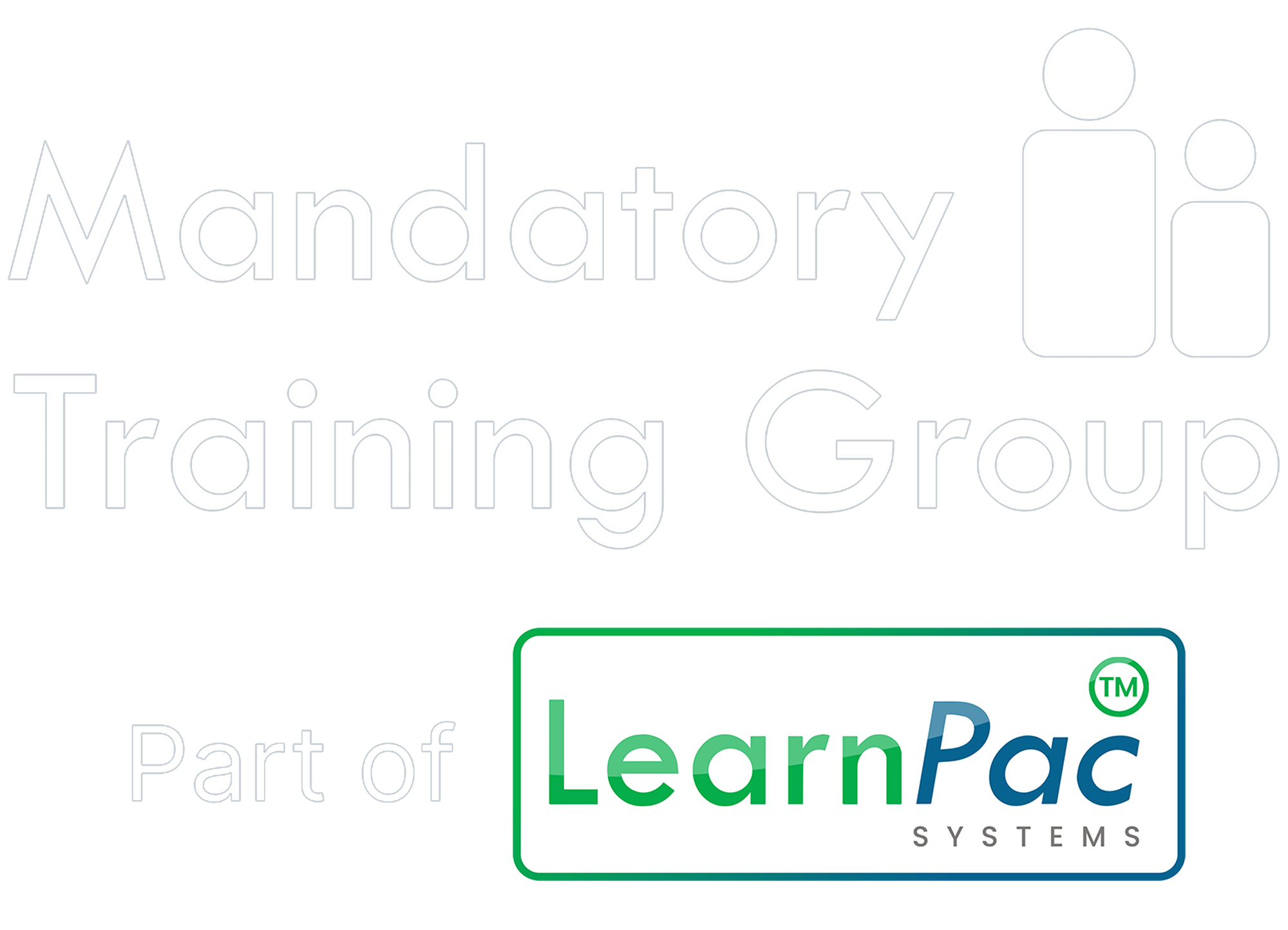You have no items in your shopping basket.
The importance of the recovery position - Key insights
Applying for the recovery position effectively can significantly improve the chances of survival in emergencies involving unconscious individuals who are still breathing. It is a pivotal skill for preventing death from airway obstruction, which can easily occur in unconscious patients.
Defining the recovery position
The recovery position refers to placing an individual on their side, ensuring their airway remains unblocked by tongue or vomit. It involves specific steps to stabilise the person and is fundamental to first aid training.
Relevant legislation and best practices
UK regulations underscore the importance of first aid readiness in workplaces. The Health and Safety (First-Aid) Regulations 1981 require employers to equip workplaces with appropriate first aid training and resources. The Health and Safety Executive (HSE) endorses training that includes the recovery position, reflecting its critical nature in first aid effectiveness.
Step-by-step guide to the recovery position
- Ensure safety - Verify that the environment is safe for both the rescuer and the casualty.
- Check for responsiveness - Gently check if the casualty responds to voice or touch. If they are unresponsive yet breathing, prepare to apply for the recovery position.
- Prepare the arms - Position the casualty's closest arm perpendicular to their body.
- Secure the hand against the cheek -Place the casualty's other hand across their chest and hold it against the cheek nearest to you.
- Position the knee - Take the leg opposite to you and bend it at the knee while keeping the foot on the ground.
- Roll the casualty - Carefully roll the casualty towards you, guided by the bent knee.
- Adjust for airway management - Ensure the head is tilted to keep the airway open, making any necessary adjustments.
Recommendations for optimal first aid practice
- Consistent training - Regular accredited first aid training includes the recovery position.
- Knowledge updates - Stay current with the latest first aid guidelines from recognised bodies like the Resuscitation Council (UK).
- Accessibility to first aid resources - Maintain easily accessible, well-stocked kits in various settings, including workplaces and public venues.
Conclusion
The recovery position is a straightforward but critical intervention that can save lives in emergency situations. Familiarity and proficiency in this technique are indispensable, whether in professional environments or everyday life.
To ensure you or your organisation are prepared to handle health emergencies effectively, including mastering the recovery position. Click here to access our comprehensive range of approved first aid courses. Equip yourself with the knowledge and skills to make a difference when it matters most.
Disclaimer: This blog is for informational purposes only and should not be considered medical advice. Always seek professional medical assistance in emergency situations.
About the author
Rose Mabiza
Rose has dedicated over 15 years to improving health and social care quality through practice, targeted education and training. Her extensive experience includes working with older adults, individuals with mental health conditions, and people with autism and learning disabilities.




